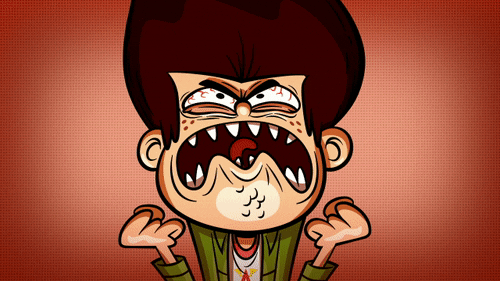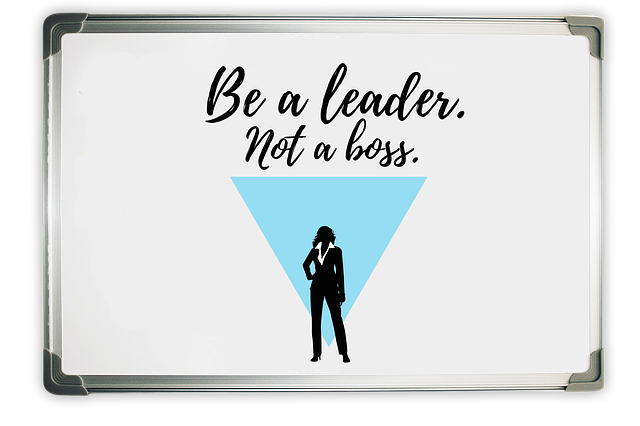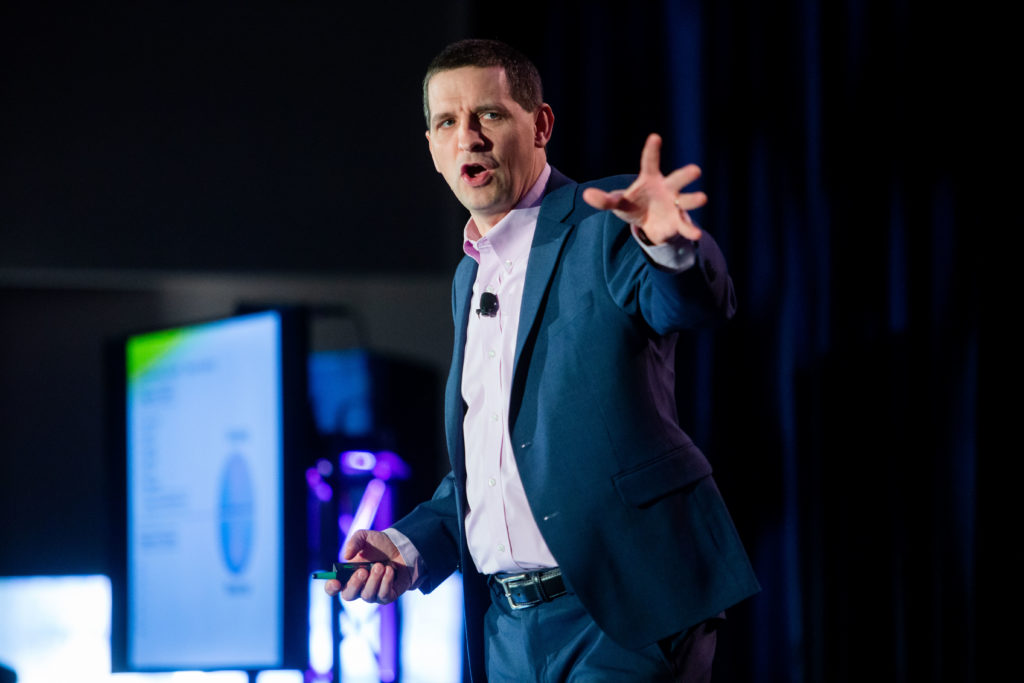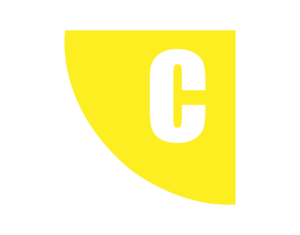People ask me all the time does a high D make the best CEO? The truth is, most CEOs are a high D personality style. However, that is not necessarily a pre-requirement to become a great CEO.
We find so many high Ds among CEOs because they don’t take no for an answer and see a climb up the corporate ladder as a challenge. And they do love the challenge!
In reality, any personality style can be a successful CEO. But most will lack the drive to do whatever it takes to hold on tight to the corporate ladder while climbing it. That’s why it’s essential to be aware of your strengths and your blind spots.
Suppose you are lacking Emotional Intelligence Component as a high D CEO. In that case, you will have blind spots that will prevent you from being successful.
A blind spot means something you don’t see but everyone else does. So, buckle up and get ready to find out what they are and how to work on them to climb the corporate ladder even faster.
I’ll start with your strengths as they are equally important to be focused on, as they are your wings to success.
High D Strengths
Results-oriented
High Ds want to do everything possible to meet the objective. Whatever you set up as a goal, you will get there each time. And you expect your employees or colleagues to work toward that goal, too; fewer excuses, more results is their motto!
Innovative mindset

Whatever goal you reach makes you think about the next big idea. The way you think in every area of your life is strategic, forward-looking, and innovative. They not just think, but they know they and their organization can always do better. High D likes to think about the future and imagine what can be done, and then come up with a crazy idea to get to what they imagined.
If you work for a high D, know they think outside of the box, so be ready to hear about things that have never been done if you have a High D in your workplace.
Direct communication
When a High D wants to tell all about an out-of-the-box idea for the next goal set, they will do so in a straightforward fashion. People probably won’t get a lot of extra information; just a big, scary goal is set, followed by “I know you can get it done. “
As a colleague of a high D, if you expect a bit of chit-chat before setting a scary task for you, think of this blog as your wake-up call!
Initiating activity
As we mentioned, high Ds want to get things done, so they are all about execution. They want to do as much as it is humanly possible (sometimes even more than that) in a day. They make quick decisions, sometimes based on facts, sometimes on their gut, and sometimes based on a combination of the two. But, they never sit around and wait for things to happen. They make them happen.
If you don’t like to wait for a decision to be made so that you can continue to do your job, you’ll love a high D in your company. They can turn a whole project in a completely different direction in a matter of minutes. They make quick decisions because they see an opportunity. And when they see an opportunity, they go after it!
High D blind spots
Setting too high standards
The big, scary goals that I have mentioned a High D will put in front of others can sometimes be too big and too risky. Sometimes, what they have envisioned may not be doable in the real world or in real-time. This can sometimes be a good thing, but in most cases, a high D needs to be aware that some things are not doable. If you explain that a goal is not realistic, but you will chase it, they will be okay with that. And they must be aware of unrealistic goals because if they set high standards for too long, their staff or colleagues might feel worn out, and that can result in a decrease of employees in a company. We don’t want that, right?
Loving the change
Change is inevitable is a phrase that a high D takes too literally. That’s why they make changes more frequently than it’s necessary. As they don’t like waiting around, they constantly make small changes in objectives, little course corrections, they put out new incentives… So as a high D, you need to be reminded from time to time to slow down.
If you are a high D, make it your priority to tell people why you’re doing what you are doing when making changes. And in doing so, be mindful of your blind spot no. 3:
Lacking tact and diplomacy
As a high D, you are busy getting things done, so you tend to forget that others don’t move at the same speed and need a bit of context and encouragement to work on their tasks. Remember that “losing “a moment to explain what’s going on to your colleagues will give you better and faster results.
Appear angry

Being a High D means being passionate. But what happens is that while you believe you are showing passion, others just see anger. You are fired up, and full of ideas, and others think you are aggressive.
If you are a high D CEO, remember that your passion can and is misperceived as anger and frustration. A smile and a kind word will always open more doors for you.
A great solution for any High D CEO is to have a High S or some type of S blend as one of their administrative assistants. This person can filter the message and smooth things ower. You need someone who will translate the message you are trying to convey and speak in terminology that’s closer to people-oriented folks at your workplace.
Create a corporate filter in one of the positions close to you, which will make your team more productive. You’ll have more effective communication as it will be coming from a different angle.









